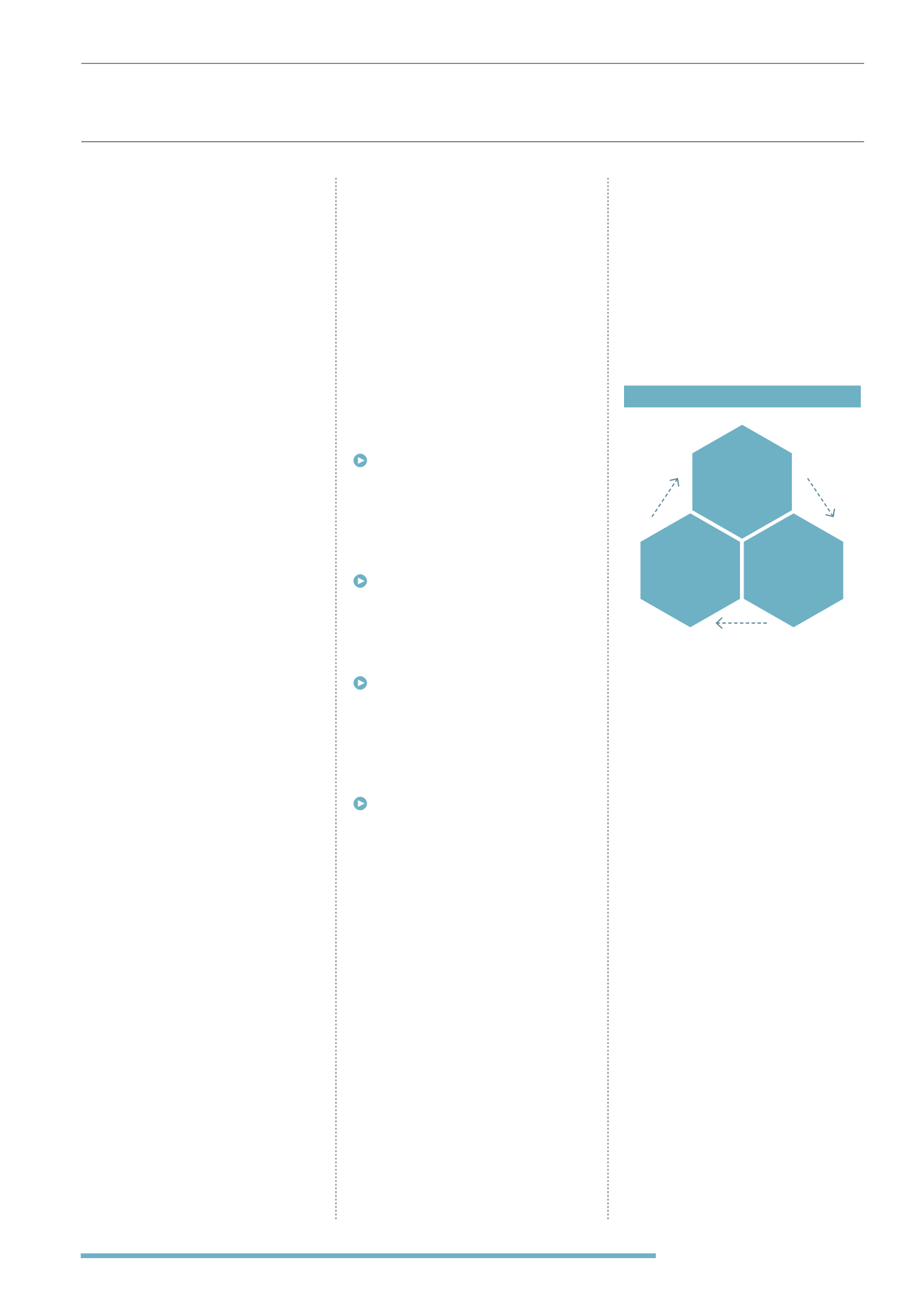
43
As noted in the previous section, at first
glance BPR investment products have
something of a contradiction at their
heart. On the one hand, they are about
one of the most conservative aspects of
financial planning - capital preservation
and passing on wealth to the next
generation intact. On the other hand,
they are about investing in smaller,
unquoted companies that are generally
deemed to be very risky investments.
As we have seen though, through smart
strategy and careful stock selection the
risks can be minimised. One of the roles
of advisers when recommending BPR
investment products is to assess the
various strategies on offer and select
the products that are appropriate for
their clients.
Another key issue for advisers is client
suitability. Many clients will have needs
that can be met by a BPR qualifying
investment, but not all clients will have
enough appetite for risk or capacity
for loss - two key issues when making
recommendations to invest in BPR
products.
SUITABILITY
Starting with the basics, BPR
investments are only suitable for clients
with a potentially large IHT liability
that they wish to mitigate. This means
that their estate must be over the
IHT threshold, or nil rate band, which
is currently £325,000 for individuals
and £650,000 for married couples. A
client segmentation process will easily
identify any potential candidates for an
IHT solution.
The next logical step is to use up the
allowance for small gifts (of no more
than £3,000 annually) and gifts from
income (if the client’s income vs.
expenditure allow), which are quick and
simple ways to mitigate IHT. However,
for most clients these solutions are
not going to provide the level of IHT
relief they are looking for and another
solution must be sought.
The next consideration is the client’s
foreseeable future needs. Every IHT
planning solution will involve some
degree of illiquidity, so it is important
to ensure that there are sufficient
liquid funds available to meet those
needs. Some cash-flow planning may be
necessary.
Generally, Potentially Exempt Transfers
(PETs) and trusts are the next option
that will be considered and utilised by
advisers, but once these basics are in
place, investing in a BPR vehicle can
have certain advantages and there is a
case for considering using them either
alongside, or (probably more rarely)
instead of, gifts and trusts.
PETs and simple trusts take seven
years to reach full exemption, whereas
BPR can be obtained in just two. This is
especially relevant if ill health casts some
doubt on the client surviving a further
seven years from the date of any gift
There are no complex legal
structures, no expensive underwriting
and no medical reports required. The
investment process is very
straightforward
Clients still have access to their funds
in BPR qualifying investments, which
can help to deal with changing life
circumstances, such as the need for
long-term residential care or the desire
to help children onto the property ladder
Clients can still potentially enjoy
growth and a yield from their
investment, which can either be taken
as income or re-invested, depending on
the terms of the underlying investment
These points make BPR based solutions
very attractive, but of course these
benefits have to be weighed up against
the risks. Capital is at risk when
using a BPR investment product. The
money is invested in smaller unquoted
companies and partnerships, which
can be volatile, illiquid and statistically
are much more likely to fail than larger
blue chip companies - clients must
understand that BPR products can
be more risky than the mainstream
investments they used in their
accumulation phase.
Now, whilst we know that within this
smaller, BPR qualifying universe the
managers are using a combination of
astute stock picking, asset location
and diversification strategies to reduce
these risks - to such an extent that many
are prepared to waive their fees if they
underperform their objectives - the
risks are still very real.
Therefore the risks have to be placed in
the context of three crucially important
characteristics of the investor, and the
way those characteristics interact:
Investors need to have a level of sophistication
to understand the underlying investments – but
greater understanding may give them more
confidence about the risks they are exposed to.
Investors need a reasonably healthy
tolerance for risk before they should
consider investing in unquoted
companies. As clients who are seeking
to mitigate IHT, it is safe to assume
that they have capacity for loss, but
of course in this instance it won’t just
depend upon how much money they
need to maintain their lifestyles, but
also on how much they want to ensure
is passed on to their beneficiaries.
Finally, they need to have the level of
“sophistication” required to understand
the products they are investing in -
especially the nature of the underlying
assets and the strategy and approach
of the proposed manager. This
understanding may feed back into their
perception of the risks they are exposed
to, as it gets beyond the headline stats
of investing in smaller companies and
starts to reveal how safer investments
can be found within that universe.
Of course, when considering any BPR
product, as with any investment, it is
vital that the tax tail – in this case, IHT
ADVISERS ANDUSEOF BPR
ATTITUDE
TO RISK
CAPACITY
FOR LOSS
SOPHISTICATION
TRAITS OF THE INVESTOR


